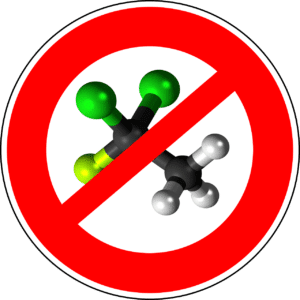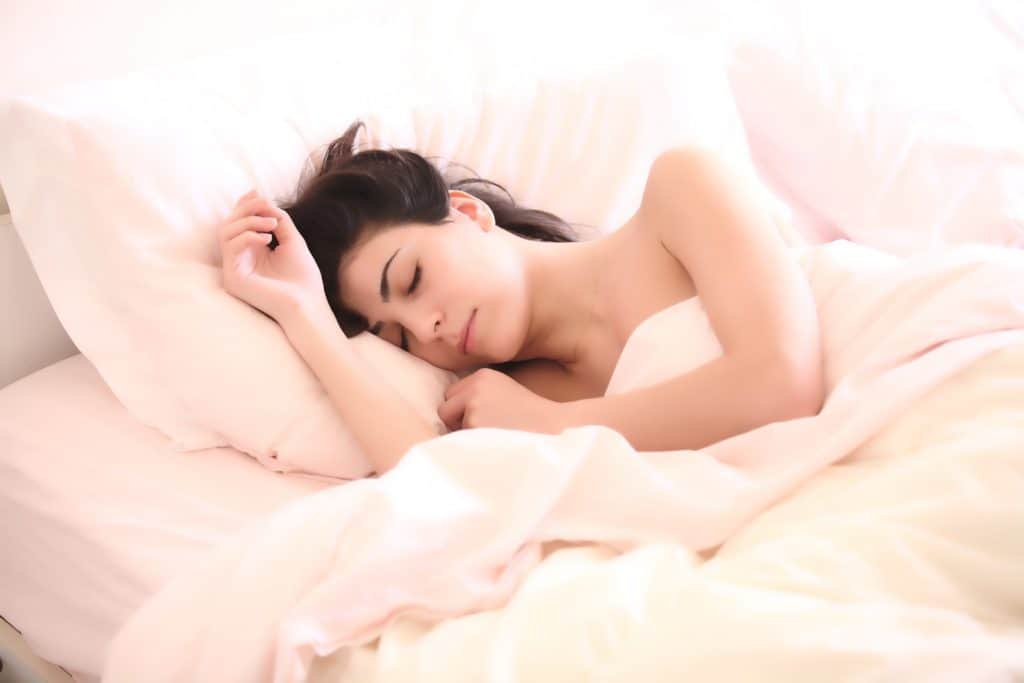
Are you already aware of the recent hype over using air purifiers to relieve allergies? Should you believe it? If so, how can different types of air purifiers help with allergies?
Air Purifiers and Allergies – The Short Answer
Manufacturers of air purifiers make many bold claims about their effectiveness. Claims commonly include that they will destroy viruses and allergens, sanitize the air, remove dirt, and generally improve the quality of air in your home to a medical standard.
The truth is – there are many details to consider when deciding whether an air purifier will help with your allergies. In short, they can help, but it depends. But don’t worry, we won’t leave you hanging with a “maybe”.
How to Use an Air Purifier for Allergies
Air purifiers can really help with environmental allergies, including sensitivity to things like dust, dust mites, mold, pet hair, and other bugs. The key is to have the right type of air purifier of the right size in the right room.
So, how do you go about selecting the best type of air purifier for allergy relief? What room should you put it in? And how do you make sure it is the right size to be effective?
Selecting the Right Type of Air Purifier for Allergies
There are many different types of air purifiers, all of which work in their own way. Some are effective for removing allergens from a room, while others are not worth bothering with. Let’s break it down.
Ozone Generators

I don’t know if you’ve heard of Ozone Generators yet. I know I hadn’t until I started looking into Air Purifiers. The only reason I even include them is to give you a warning. Ozone generators are not a good choice for dealing with allergies. Ozone, or molecules of gas made of three oxygen atoms, is great for purifying water, removing strong odors from the air, and killing germs.
However, it is not safe to breathe, as it can cause irritation and even serious damage to the respiratory system. It should only be used in uninhabited, enclosed settings. At safe levels to breathe, it is entirely ineffective at air purification. In other words, don’t bother with indoor ozone-generating air purifiers for allergies, or ever.
UV Air Purifiers
Similarly, UV air purifiers are not a good choice for removing allergens from an indoor space. UV light of a certain wavelength (260 – 270 nanometers) is effective at killing bacteria and bugs like dust mites on a cellular level, and therefore frequently used to sterilize in medical applications.
However, organisms need to be continuously exposed to UV light to be affected, and air purifiers tend to pump air constantly. Furthermore, bacteria are not allergens. Things like dust mites, which do cause allergies, will still be allergens once they are dead. Therefore, air purifiers that only use UV light will not help with allergies.
Air Ionizers
Air ionizers are another common type of air purification system. Studies have demonstrated that these are not only ineffective at removing dust and smoke particles from the air, but they often emit harmful levels of ozone. These are especially dangerous to sufferers of respiratory complications like asthma and allergies. Shockingly, this demographic makes up 80% of the buyers of air ionizers. It doesn’t take long to conclude that people with allergies and respiratory difficulties should stay away from indoor air ionizers.
HEPA Filters (HINT: WINNER)
The most (and possibly only) effective type of indoor air purifier for allergy relief is the HEPA filter. High-efficiency particle air filters are developed according to a government-approved measurement of efficiency. Interestingly, the standard was developed to contain radioactive particles released in atomic research. The official standard for real HEPA filter is that they remove 99.97% of particles that are 0.3 microns or larger. That’s 3% of the particle size that can be seen by the human eye.
True HEPA filters are effective at removing common allergens from the air, including dust, dust mites, pet hair, dander, molds, and pollen. It is important to note that many products are sold with labels such as “HEPA-like” or “HEPA style”. Beware of these, and only purchase a legitimate HEPA filter if you want to see results.
Which room should your air purifier be in?
An indoor air purifier will be most effective in helping relieve allergy symptoms when placed in the right room. So what is the right room? Naturally, the best place for it is in the room where you spend the most time.

While it may be instinctive to place your HEPA air purifier in a lived-in space like the living room, keep in mind that you spend a third of your life asleep. You likely spend between 7 and 10 hours a day in your bedroom at a time. If you suffer from indoor environmental allergies, your best bet is to place a HEPA air purifier in your bedroom.
How big should your air purifier be?
The key to successfully filtering allergens out of the air in a room is ensuring that all of the air passes through the filter. The machine must create constant air circulation in the room to work well. To create air movement, HEPA filters use a motor and a fan. This is why effective air purifiers make some sound, although high-quality models will be very quiet.
To figure out the right size of air purifier, you will need some bits of information. Firstly, you need to calculate the volume of air in the room (width x length x height). From there, you can determine which air purifier will be powerful enough by looking at the CFM (cubic feet per minute) in the product specifications. This tells you the volume of air the machine can filter per minute.
Using these numbers, determine the number of air exchanges the machine will make in the room per hour. This tells you how many times all of the air in the room will pass through the filter in an hour.
Do this by dividing the volume of air by the machine’s cfm specification to get the time it will take for the machine to filter all the air in the room once (in minutes). Then, divide this number by 60 minutes to get the exchanges per hour. The result should be at least 4, and ideally around 10. You can aim higher for better results, but this will likely lead you to purchase a HEPA filter in a higher price range.
HEPA Filters and Allergies – Things to Consider

We’ve learned that out of all the most common types of air purifiers, HEPA filters are the only type worth spending money on if you seek relief from indoor environmental allergies. As long as you choose a true HEPA filter, place it in your bedroom, and ensure that it is the right size for the room, you will likely experience an improvement in your allergy symptoms. Now, there are a few more things to consider.
Noise
we’ve mentioned, air purifiers pump air through a fan, meaning they make a low level of background noise. It’s also worth noting you should leave your HEPA filters on at all times to be effective, meaning they require a small but constant supply of energy.
Power
Most HEPA filters consume between 30 and 250 watts per hour, depending on the size and model. In theory, if you were to use it for 24 hours a day for a year, it would cost you between $39 and $328 annually (assuming a base rate of $0.15 per kWh).
Humidity and Temperature
Will a HEPA filter affect or be affected by humidity and temperature in the room? Studies have shown that higher levels of humidity can reduce a HEPA filter’s ability to circulate air. However, HEPA filters intended for domestic use are calculated to function at the relative humidity in your home, which is usually between 35% and 60%.
As for temperature, a HEPA filter will not affect the temperature in the room significantly enough to make a difference. While you may feel cold due to increased airflow, the filter itself does not affect indoor air temperature.
Maintenance
Finally, in order to ensure that your air purifier continues to work effectively, it is important to change the filter on time. For most domestic HEPA filters change them every 2 to 4 years. Always check the manufacturer’s guide to find out the exact replacement frequency. Also, make sure to find out how much replacement filters will cost before buying the air purifier to avoid future disappointment.

